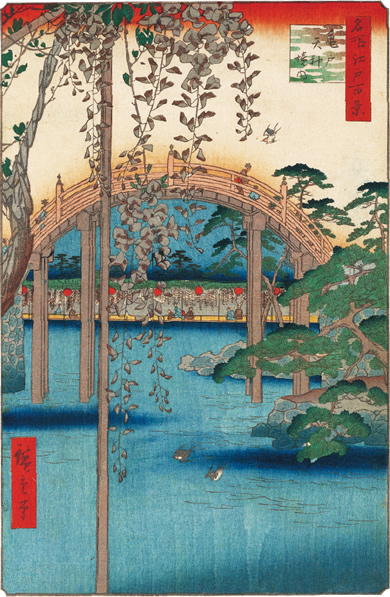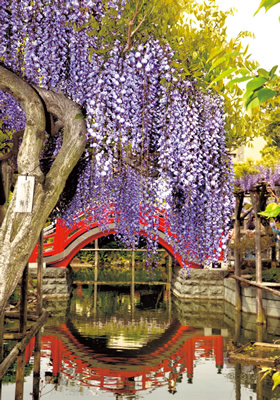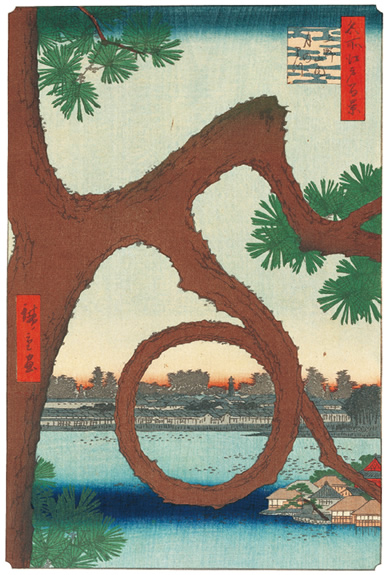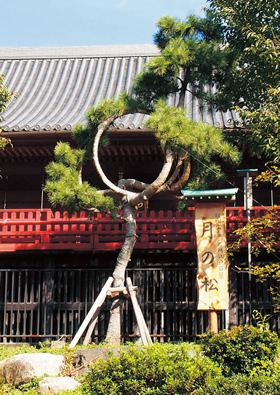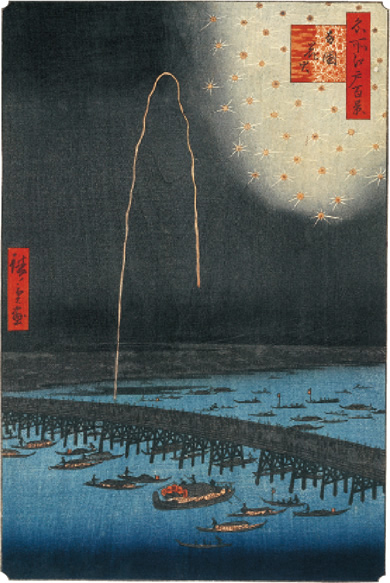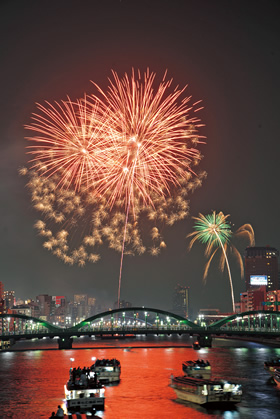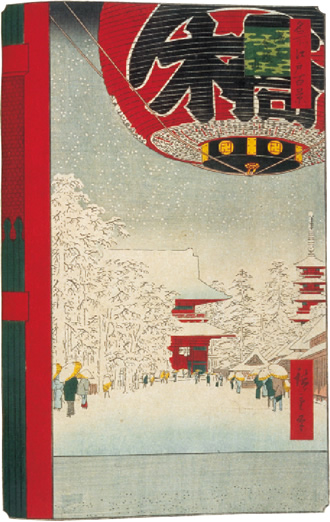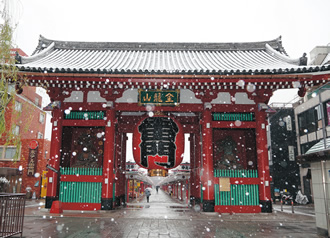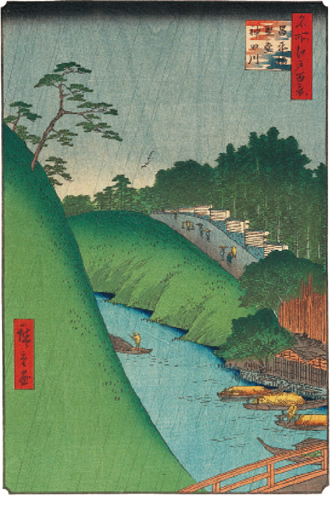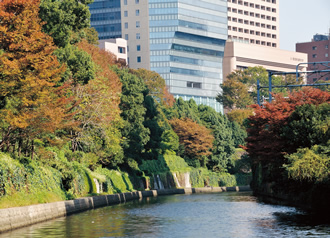niponica is a web magazine that introduces modern Japan to people all over the world.
2017 No.22
Tokyo, a 400-Year Narrative

Time Travel with Ukiyoe Woodblock Prints and Photos of Tokyo
The citizens of old Tokyo in the 18th century were outgoing. When they found some free time, they would take off to enjoy themselves. Blossom viewing, festivals, gorgeous scenic spots, tourist attractions—there were plenty of places to have a good time. Tokyo today is much the same. These ukiyoe woodblock prints by Utagawa Hiroshige show some of the places which have remained most popular over the years.
●Kameido, Ueno, Ryogoku and Ochanomizu ukiyoe woodblock prints: Courtesy of Hagi Uragami Museum, Yamaguchi Prefecture. Asakusa print: Courtesy of Toyo Bunko (The Oriental Library)
●Photos of Kameido (Kameido Tenjin-sha Shrine), Ryogoku (Sumida City), Asakusa (Senso-ji Temple) and Ochanomizu: Onishi Mitsugu
亀戸 Kameido
Plum blossoms bloom here in spring, while in fall there are chrysanthemums. Kameido Tenjin-sha Shrine has long been a popular spot for viewing flowers. Among its many floral varieties, the wisterias of early summer here were said to be the best in town. With purple petals adorning the banks of the pond, people would sit on the benches and revel in the view. This shrine is also famous as the home of “the god of learning,” so many students visit before taking their entrance exams.
Utagawa Hiroshige, “Kameido Tenjin Keidai”
上野 Ueno
The Ueno Park of today was once land belonging to Kanei-ji Temple, the family temple of the shoguns who were the military leaders of Japan until the middle of the 19th century. In one corner of the park overlooking Shinobazu-no-ike Pond stood the Tsuki-no-Matsu (Moon Pine Tree). The delightful circular branch was the work of horticulturists. People of taste might have imagined that it resembled a full moon, fancying they were viewing a beautiful moon at night.
Utagawa Hiroshige, “Uenosannai Tsuki no Matsu”
両国 Ryogoku
Fireworks over the Sumida River celebrate summer in Tokyo. The Sumidagawa Grand Fireworks tradition began in 1733 during the rule of the 8th shogun, Tokugawa Yoshimune. In this ukiyoe print, roofed yakata-bune pleasure boats float on the river and sightseers throng about on the banks. Things are just the same today. Yoshimune had cherry trees planted along the banks of the river for city folk to enjoy. Now, almost 300 years later, the riverside is one of the best places in Tokyo to enjoy cherry blossoms.
Utagawa Hiroshige, “Ryogoku Hanabi”
浅草 Asakusa
Senso-ji Temple is the oldest Buddhist temple in Tokyo, with a history of almost 1,400 years. These views take the eye through Kaminari-mon (“Thunder Gate”) to Niomon (the Hozo-mon, or “Treasure House Gate”). It was a boisterous place of entertainment for city dwellers during the Edo period (17th-19th century). Today, the alley is still one of Tokyo’s most popular spots, with plenty of sightseers.
Utagawa Hiroshige, “Asakusa Kinryuzan”
御茶の水 Ochanomizu
In the foreground is Shohei Bridge, a crossing point that today can be found near Ochanomizu Station on the Chuo Line. If you were to climb the slope to the right you would come to a Confucian temple that was called Seido (nowadays called Yushima Seido). The hilly area around here was cut to make a new channel for Kanda River. The steeply walled valley created by human engineering was a popular place to enjoy nature without going too far from the city center.
Utagawa Hiroshige, “Shohei-bashi, Seido,
Kanda-gawa”




